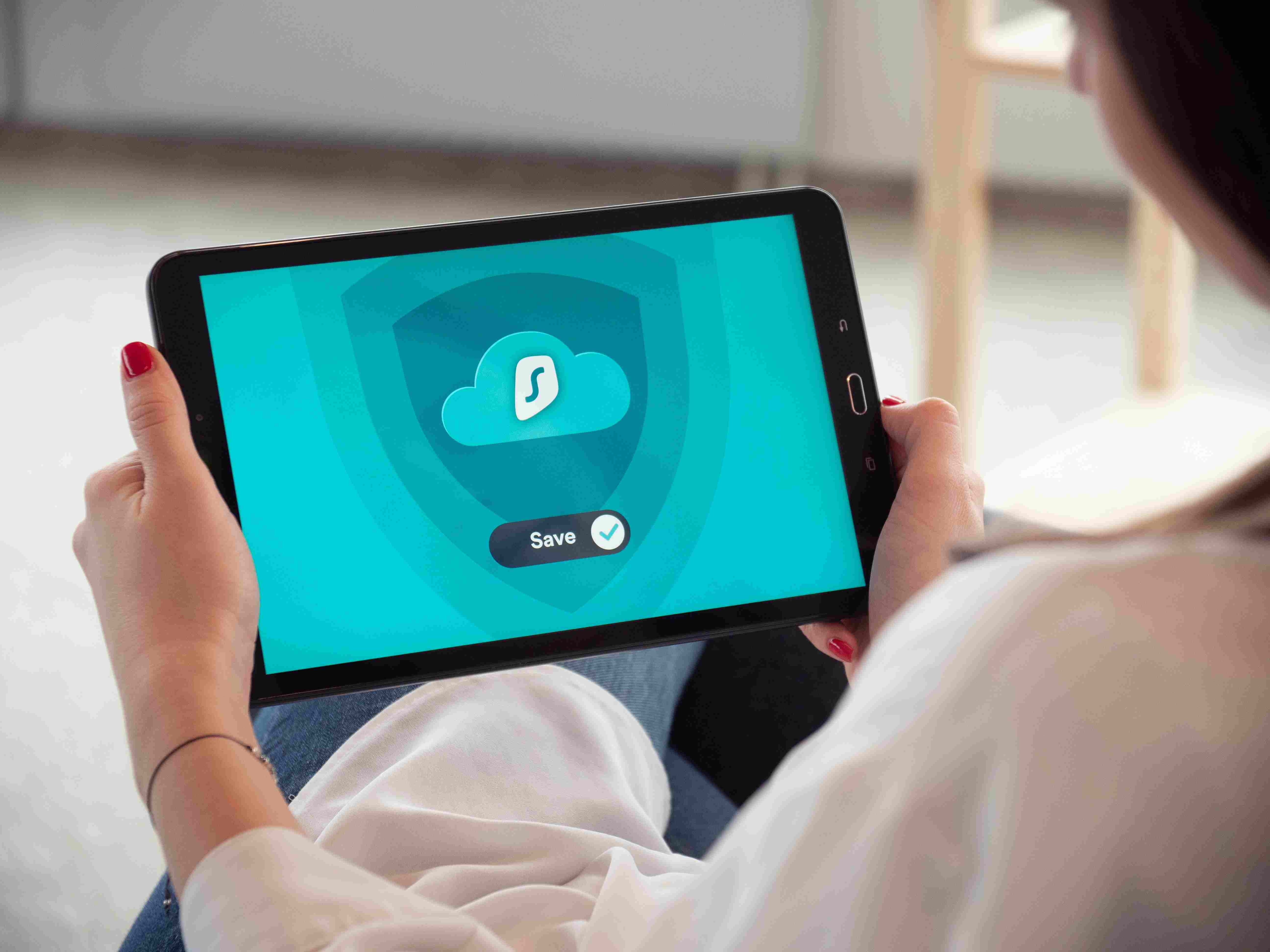
Understanding the Basics
Before setting up your Android tablet as a phone, grasp the basics of using it with a SIM card.
SIM Card
Insert a SIM card into your Android tablet to access mobile data. This enables internet browsing, email checking, video streaming, and GPS navigation without relying on Wi-Fi.
APN Settings
After inserting the SIM card, configure the APN (Access Point Name) settings. This involves setting up network settings so your tablet can connect to the internet using the SIM card.
Data Plan
Check your data plan to avoid unexpected charges. Ensure your plan covers anticipated data usage, especially if you plan to use your tablet extensively for internet access.
Setting Up Your Tablet
Follow these steps to use your Android tablet as a phone:
Insert the SIM Card
- Locate the SIM card slot on your tablet, usually found on the side or top.
- Insert the SIM card into the slot, ensuring correct alignment and firm insertion until it clicks into place.
Configure APN Settings
- Go to your tablet's settings.
- Look for "Mobile Network" or "Network & Internet" and select it.
- Choose "Mobile Data" or "Data Usage."
- Tap on "Access Point Names" (APN).
- Add a new APN or edit an existing one if necessary. Enter details like APN name, APN protocol, and APN server based on your carrier's requirements.
Check Data Plan
- Verify your data plan details to ensure you're not exceeding any limits.
- Understand the costs associated with data usage and any additional fees for international roaming if applicable.
Install Required Apps
- Download and install apps like Skype, WhatsApp, or Google Voice for making calls and sending texts.
- Some apps may require additional permissions such as access to contacts or microphone.
Update Software
- Regularly update your tablet's software to ensure you have the latest security patches and features.
- This helps prevent call drops and improves overall call quality.
Maximizing Your Tablet's Potential
Once your tablet is set up with a SIM card, maximize its potential in various ways:
Stay Connected Anywhere
Using a tablet with a SIM card allows constant connectivity without relying on Wi-Fi. Browse the internet, check emails, or stream videos without interruptions.
Use GPS Navigation
With mobile data, your tablet can serve as a GPS navigator. Apps like Google Maps provide real-time traffic updates and directions, useful for road trips or traveling to unfamiliar areas.
Make Calls and Send Texts
Some tablets allow direct calling and texting. While traditional calling might not be supported on all tablets, apps like Skype or WhatsApp can be used for voice and video calls.
Work Remotely
Access work emails, join video conferences, and collaborate on documents from anywhere. Apps like Microsoft Teams and Google Drive help you stay productive on the go, beneficial for remote workers needing constant connectivity.
Entertainment on the Move
Streaming movies, music, and games without interruption is another benefit. Services like Netflix, Spotify, and online games run smoothly with a stable mobile data connection, ideal for entertainment during commutes or travel.
Backup and Sync
Automatically back up photos, contacts, and documents to the cloud. Apps like Google Photos and Dropbox make this process seamless.
Stay Updated
Keeping apps and system software updated ensures you receive the latest updates and security patches. Mobile data allows staying updated even when away from Wi-Fi networks.
Data Management
Monitor data usage to avoid overage charges. Use settings to limit background data usage and set data alerts to stay aware of usage.
Battery Life
Mobile data can drain the battery faster. Carry a portable charger or power bank to keep the tablet charged throughout the day, especially if planning extensive use for calls or internet browsing.
Security
Using a VPN (Virtual Private Network) for secure browsing is crucial, especially on public networks. Apps like NordVPN or ExpressVPN protect data from potential threats by encrypting internet traffic.
Pros and Cons of Using a Tablet with SIM Card
Using an Android tablet with a SIM card offers several advantages:
Pros
- Internet access anywhere without relying on Wi-Fi.
- Use it like a phone for making calls and sending texts.
- Larger screen for easier reading and video watching compared to smartphones.
- More portable than laptops.
- Access to many apps on the Google Play Store.
Cons
- Battery drains faster with SIM card use.
- Bigger size makes it less convenient for calls.
- More expensive than Wi-Fi-only tablets.
- Limited storage compared to laptops.
- May be slower than high-end smartphones.
Alternatives to Using a Tablet with SIM Card
Consider these alternatives:
- Smartphones: Smaller, more portable, with similar features.
- Laptops with Mobile Hotspot: More storage, better performance.
- Wi-Fi Only Tablets: Cheaper, use Wi-Fi for internet.
- Portable Wi-Fi Routers: Use with any device, no need for SIM in each device.
- 2-in-1 Laptops: Combines tablet and laptop features, more versatile.
Common Issues and Solutions
When using your tablet as a phone, you might encounter some common issues:
Dead Zones
Dead zones are areas where the Wi-Fi signal is weak or nonexistent. Being in a dead zone can make calls drop or sound terrible. To avoid this, stay close to the Wi-Fi router or use a Wi-Fi extender to boost the signal.
Airplane Mode
Turning on airplane mode disables all wireless connections, including Wi-Fi. If the tablet is in airplane mode, making calls won't be possible. Always check that airplane mode is off before trying to call someone.
Software Issues
Sometimes software glitches can mess up the calling experience. Apps might crash, or the tablet might freeze. Keeping the tablet’s software up-to-date and regularly restarting it can help prevent these problems.
